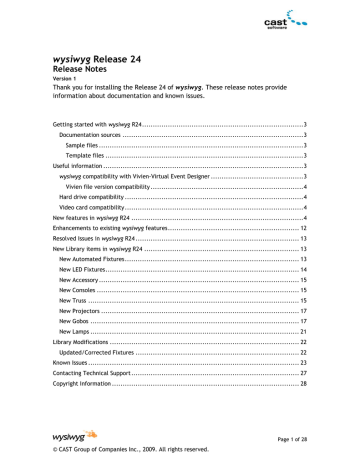


If the 2d lines that represent the pipes are imported, R26 will automatically convert them to pipes if they have a block on them that is converted to a fixture on import. However, copy and paste to moi, and export as sketchup from there - gives much better mesh, BUT export lines that will become pipes as dwg, using the wysiwyg export scheme:Ĭurve tessellation parameters = max angle 2.0 If you have the theatre set up using the same origin in rhino, then you can merge objects via dwg in the same way, and they will line up exactly. So in this way you can build up your set / props / etc as needed per scene within R26. Sketchup itself has no “export selected” option, so if you need to merge further objects into the R26 file - for example various furniture, props etc, then:ġ] Place the objects into the sketchup file, arranging them however you want on the stage.Ģ] Open a 2nd instance of sketchup, copy the objects you want to the clipboard, then in the 2nd instance “paste in place” to keep everything lined up.ģ] From here save the sketchup file with an appropriate name, and then merge it into the R26 file - if it is a component, then choose make library item, and in any case always choose to drop in at the origin - the object will then drop into the R26 file exactly as it was arranged in the 1st sketchup file.Ĥ] The item will also show up in the library under a folder entitled “sketchup”, so you can use it again in other R26 files. There is no layer select, (from the layer dialog, but there is select by layer in the select menu) so you have to turn on only the layer you want, then select the objects in quad view, and then alter the properties.Ĥ] Once the theatre is set up how you want, make those layers non-editable. Do this from the properties dialog, while in quad view, and check the shaded view to see if this is ok. You will now be able to delete layer zero.Ĭontinue in this fashion until the whole theatre is imported.ģ] Walls you want to see through, make single sided, flipping the normals if necessary. Try to delete layer 0 - if it has stuff on it you will not be able to, in which case, close the layer dialog, select everything, and via properties set it to layer stagewalls. This will line up everything as it is in the sketchup file.Ģ] In the layer dialog, you should have “main” (the default R26 layer which cannot be deleted), layer 0 and layer “stagewalls” or whatever you called it in sketchup. Explode the group(s) then using saveas, save the sketchup file - something like “theatre_royal_stagewalls”ġ] merge the sketchup file, using 0,0,0 as the origin of the import. Select all the entities, copy, and in a 2nd empty instance of sketchup, paste-in-place. Begin by turning off all layers, then turn on the first one you want to import. Typically you would have various parts of the theatre grouped, and on named layers.
#CAST WYSIWYG FULL#
This is VERY important - everything will be off if you don’t, and although you may be able to see the theatre geometry, the shaded view will remain blank…Ģ] Set all the layers to colour white in sketchup - this can also be done in R26 - makes the theatre a “default” grey colour.ģ] Also, those walls you want to be able to see through in R26, make just a single surface, rather than full 3D with thickness.Ĥ] It is less complicated to bring the theatre in layer by layer, mostly because this can catch entities that are still on layer 0 because of sloppy modeling in sketchup. In fact, place downstage centre at the origin. To insert a theatre or performance space into WTF R26ġ] In sketchup, move the whole theatre to the origin (0,0,0). (I have other notes re actually working in WTF, but the rhino forum is not the place for those…)

I haven’t done this lately, so perhaps Rhino’s mesher is better now… Hopefully things have moved on from there in later releases, but I’m over it, and I’ll never use that piece of rubbish ever again…Īlso, as noted below, I found Sketchup to be the best portal into WTF, but for some things rhino is better.įinally, at the time most stuff I built in Rhino I then opened in MOI and exported to sketchup from there - gives a much better mesh in sketchup / WTF. I have release 27 - I stopped updating after that and I just now do all my lighting design stuff in rhino…Īnyway, FWIW, below are my notes I made regarding this when I did the last big show in it (an opera), in 2011, using R26.

#CAST WYSIWYG SOFTWARE#
Ive done some work with this program - its probably the worst, arcane, frustrating piece of software I’ve ever come across…


 0 kommentar(er)
0 kommentar(er)
